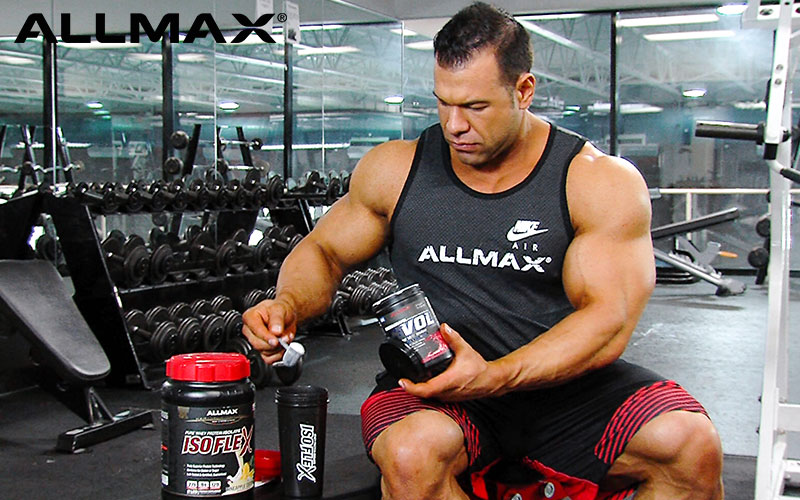Steroid use, particularly in the realm of performance enhancement and bodybuilding, can have profound effects on the body’s hormonal balance. While steroids can provide significant gains in muscle mass, strength, and performance, they can also disrupt natural hormone production and lead to potential side effects. Post-Steroid Cycle Therapy (PCT) plays a crucial role in helping individuals restore their hormonal equilibrium, minimize adverse effects, and promote optimal recovery. In this article, we will explore the importance of PCT and why it should be an integral part of any steroid cycle.
Understanding the Need for PCT:
1. Restoring Natural Hormone Production: Steroids, such as anabolic-androgenic steroids (AAS), can suppress the body’s production of endogenous hormones, including testosterone. PCT aims to kickstart and accelerate the body’s natural testosterone production, restoring hormonal balance and preventing long-term suppression.
2. Minimizing Side Effects: Steroids can cause various side effects, including estrogen-related issues, testicular atrophy, and mood swings. PCT protocols typically include medications that help control estrogen levels, stimulate testicular function, and mitigate potential side effects. This proactive approach supports overall well-being during the recovery phase.
3. Preventing Muscle Loss: When steroid usage ends, individuals may experience a decrease in muscle mass due to hormonal fluctuations. PCT can aid in preserving gains made during the cycle by maintaining an anabolic environment and minimizing catabolic processes.
Components of Post-Steroid Cycle Therapy:
1. Selective Estrogen Receptor Modulators (SERMs): SERMs, such as tamoxifen or clomiphene citrate, are commonly used during PCT to block the effects of estrogen and prevent estrogen-related side effects. They help restore the balance between estrogen and testosterone, supporting a healthy hormonal profile.
2. Aromatase Inhibitors (AIs): AIs like anastrozole or letrozole are often utilized during PCT to suppress the conversion of testosterone into estrogen. By reducing estrogen levels, AIs can further mitigate estrogen-related side effects and promote a favorable hormonal environment.
3. Gonadotropins: Human Chorionic Gonadotropin (hCG) is frequently employed during PCT to stimulate the testes and enhance the production of testosterone. By mimicking the action of luteinizing hormone (LH), hCG helps revive natural testosterone synthesis and prevent testicular atrophy.
4. Supportive Supplements and Lifestyle Factors: Alongside medication, incorporating supportive supplements, such as natural testosterone boosters, liver support aids, and overall health supplements, can assist in optimizing recovery. Additionally, ensuring proper nutrition, sufficient rest, stress management, and regular exercise can contribute to the overall success of PCT.
The Timing and Duration of PCT:
The timing and duration of PCT can vary based on the specific steroid cycle and individual factors. Generally, PCT begins when exogenous steroid levels have sufficiently decreased, allowing the body to transition back to normal hormone production. PCT typically lasts for several weeks to a few months, depending on the duration and intensity of the steroid cycle.
Consulting with Healthcare Professionals:
It is crucial to consult with a healthcare professional experienced in hormone therapy or sports medicine when planning a steroid cycle and subsequent PCT. They can provide guidance on the appropriate medications, dosages, and timing based on individual factors and the specific steroid cycle involved.
Conclusion:
Post-Steroid Cycle Therapy (PCT) is a critical phase that should not be overlooked when engaging in steroid use. By implementing a well-designed PCT protocol, individuals can optimize recovery, restore hormonal balance, and minimize potential side effects. PCT supports the
body’s natural processes, preserving gains, and promoting long-term health and well-being. Consulting with healthcare professionals and following a structured PCT plan ensures a safe and effective transition from a steroid cycle to a healthy hormonal state. Remember, responsible steroid use includes giving equal importance to both the cycle and the subsequent post-cycle recovery.








